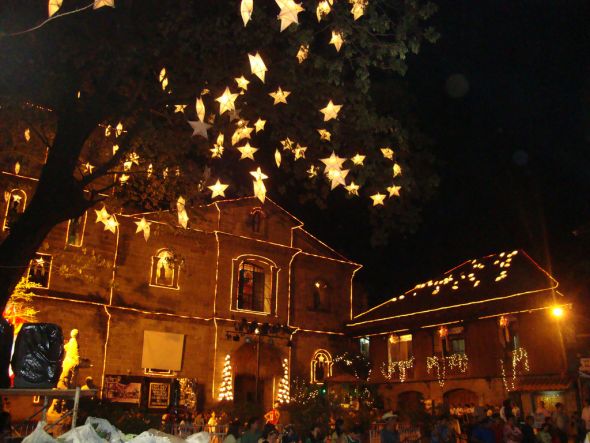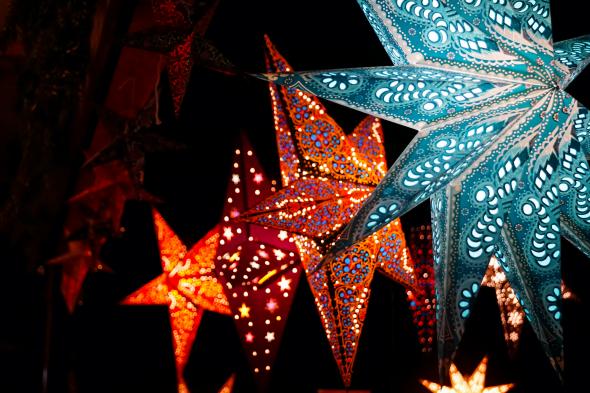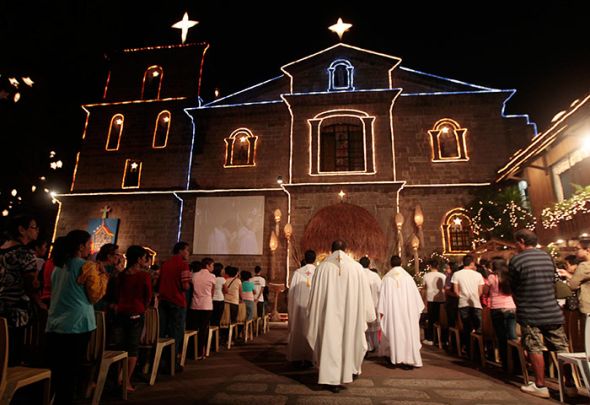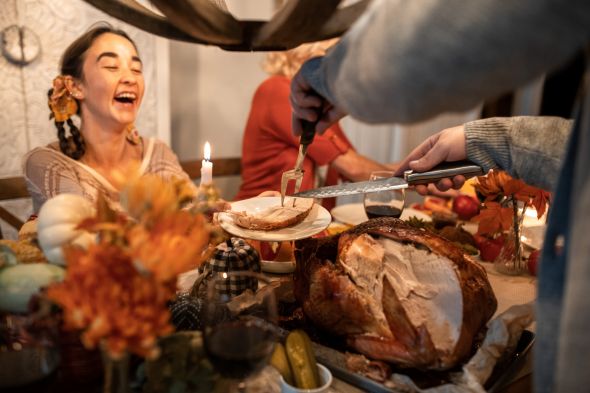
With Christmas behind us for this year, it is time to start making plans for next year’s celebration. For travelers like us this could mean trying something new and different, such as discovering the Christmas season in the Philippines.
This should be easy because it lasts over four months, that’s right, about a third of each year is dedicated to the Christmastime festivities. This is widely held to be the longest holiday observance of any place in the world.
There may be several reasons for this, including the way the season has steadily grown longer most everywhere to accommodate shopping, but while many people lament this extension, Filipinos largely embrace it. We think that the tradition of returning home for the so-called balikbayan, the Filipino citizens who work abroad, no doubt contributes to this.
There are over two million of these balikbayans scattered across the globe, with more in Saudi Arabia than any other country. That means a lot of folks will be looking for a Jeddah to Manila flight come holiday time, so book tickets early.
Beginning around September 1st, the start of what Filipinos call the ‘BER months’ (names that end with ber), radio stations commence with the Christmas carols and stores deck the halls with decorations. Then, in October, local festivals and beauty pageants begin to take place.
By November things are in full swing with decorations absolutely everywhere. Many are the same as we are familiar with, trees, lights, angels, reindeer, and Santa, but some are more unique to this island nation.

Perhaps the best example is the paról. These star-shaped lanterns adorn homes and buildings all across the land and are an iconic symbol for Filipinos, much like a Christmas tree in other parts of the world. They are lit each night and making them is sometimes a school project for children.
The name comes from the Spanish word farol, meaning lantern or lamp, but they are meant to represent the Star of Bethlehem. This is why they most often feature a star as a part of their elaborate decorations.
Paróls are especially famous in San Fernando City, about an hour north of Manila, home to the annual Giant Lantern Festival on the Saturday before Christmas Eve. The festivities include a competition which has become so popular that the city is now known as the Christmas Capital of the Philippines.
Another traditional Filipino Christmas decoration is the belén, or what we know as a nativity scene. Belén is the Spanish name for Bethlehem, and other than the name the scene is the same as we have always known, baby Jesus in a manger with Mary and Joseph, shepherds, the Magi, and various animals.
Sometimes the two decorations are combined when a paról is used as the star that guided the Three Kings. The best place to see them is Tarlac City, which is also near Manila and has become known as the Belén Capital of the Philippines. This is no doubt due in part to the annual Belenísmo sa Tarlac, a contest for the best belén.
By the time December rolls around the more religious aspects of the holiday come front and center. This is not surprising since more than eighty percent of Filipinos are Roman Catholic. The main services are the Simbang Gabi, a nine-day series of masses starting on the 16th and running through Christmas Eve.
These are held each night, well actually early morning, at around 3 to 5am. The tradition of these crazy early hours began about four hundred and fifty years ago as a way for farm workers to attend mass and still be able to work before the worst of the heat of the day.

The culmination is the Víspera de Navidad, a Midnight Mass on December 24 known as Misa de Gallo. In many places the Panunulúyan, a re-enactment of the journey of Mary and Joseph’s search for lodging. Actors walk from house to house asking for a room until they finally end up at the church just in time for mass.
The midnight service is followed by the traditional Noche Buena feast. The whole family gathers for turkey, ham, fried chicken, roast baby pig, a noodle and veggie dish called pancit, rice, cheese, and a plethora of pastries and desserts all washed down with tsokolate, a type of hot chocolate.

We can certainly see why so many Filipinos come home for the holidays!
The festivities continue on December 28th with Holy Innocents’ Day or Niños Inocentes, which has become a day for playing practical jokes, much like April Fool’s Day.
Then New Year’s Eve brings another midnight feast, much like the Noche Buena on Christmas Eve. It is also a tradition to make a lot of noise to scare off any nasty spirits, and to open all the windows and doors to let in the blessings on the first day of the year.
Finally, on the first Sunday of January, Epiphany, or Three Kings’ Day, brings the season to an official close. Although there are some folks who just can’t quite let it go yet and they are known to extend the celebration until the Feast of the Santo Niño on the third Sunday of January.
A few serious revelers will continue on to February 2nd and The Feast of Our Lady of the Candles, which completes a 40-day Christmastide matching the 40 days of Lent.
With that, there are only seven months to wait until it starts all over again.
Wow! Talk about a merry Christmas!
David & Veronica, GypsyNester.com


